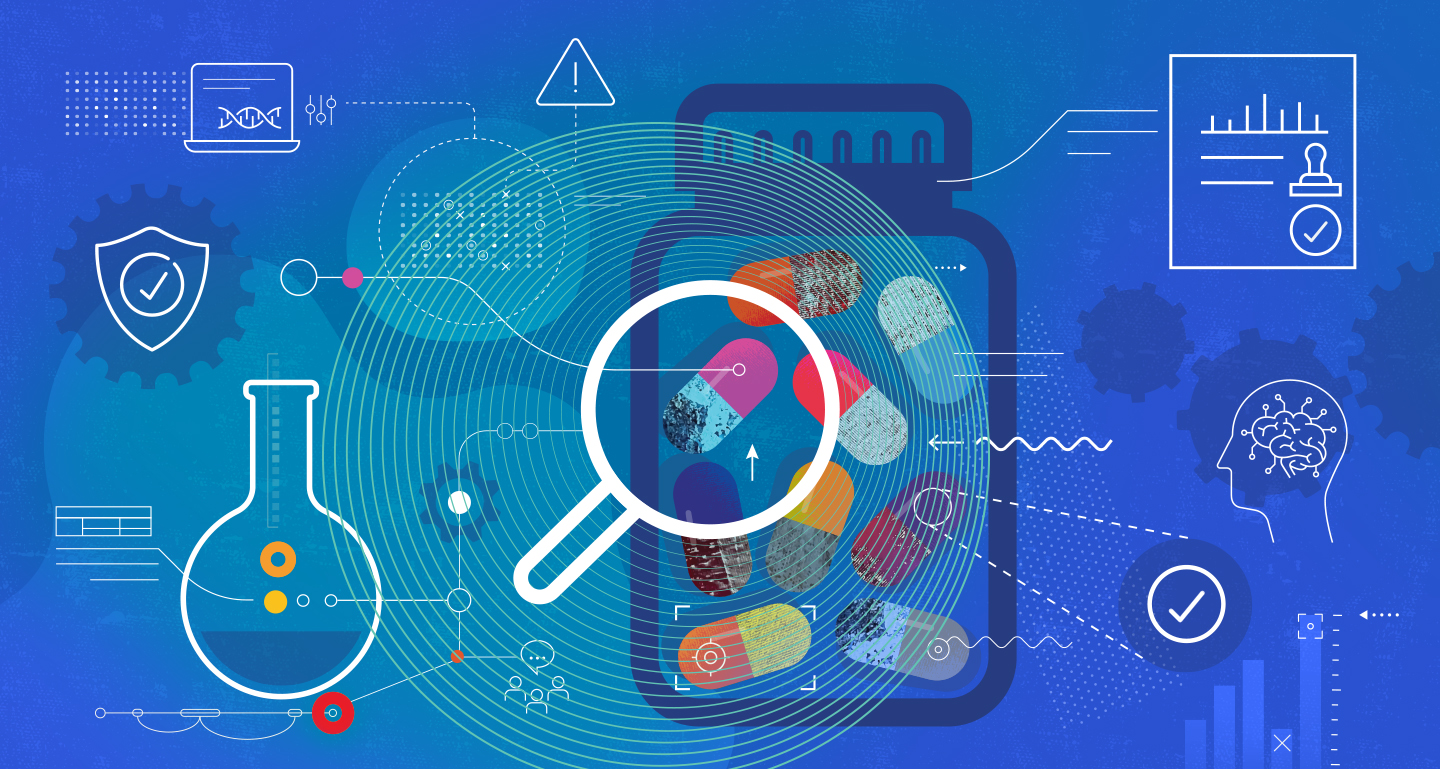Developing endogenous and naturally occurring therapies: challenge or opportunity?
Developing new medications in biotech and pharma has always been a rollercoaster of hope and frustration, especially when pioneering treatments are based on natural or endogenous compounds. I have had the privilege of working on groundbreaking and first-to-market projects, from bringing to market the first food-based drug for peanut allergy, to developing uric acid for acute ischaemic stroke. Both experiences have taught me that the real challenge is not just science, but navigating the financial, regulatory, and psychological hurdles that stand in the way of these transformative therapies.
In pharma, patents and market exclusivity are everything – it is what allows companies to recoup the enormous development costs. However, when working with something that already exists in nature, you cannot simply patent the molecule itself. Instead, you have to innovate around it – develop new formulations, delivery methods, or synthetic derivatives, in order to create a defensible intellectual property position. An exciting opportunity that also adds layers of complexity and cost before clinical trials have even started.
Take uric acid for example: pre-clinical and clinical data provides real promise as a neuroprotective agent for stroke, but because it is an endogenous compound, investors are wary. Even with backing from a major academic institution, securing enough capital to move forward has been a constant struggle. The risk-averse nature of today’s biotech funding landscape means that many promising therapies will never make it into a clinical development registration programme.

Endogenous products can be of great value to patients
And then there is the psychological factor: resistance to food-based treatments. When I worked on peanut allergy, the medical community was skeptical – many saw the IND (investigational new drug) as “just food,” despite the rigorous science and clinical evidence. Convincing payers to reimburse and clinicians to adopt these treatments was an uphill battle. The regulatory and compliance requirements are as stringent as for any other drug, but the perception is different, and that creates financial and bureaucratic hurdles. Perceptions can be changed though.
Some companies are turning to crowdfunding. It’s not ideal, but it is a necessary pivot. The challenge is convincing the public that these therapies are worth investing in, especially when science is complex and the payoff uncertain.
Looking ahead, I see enormous potential for future natural therapies, e.g. mushrooms, plant-derived compounds, and other endogenous molecules. My experience tells me they’ll face the same hurdles. The path is tough, but the promise is real. If we can overcome these challenges, the impact on patients could be truly transformative.
If you are considering developing endogenous molecules and would like an added perspective, I am happy to share my experience. To make an appointment, please contact me via info@infill.com









